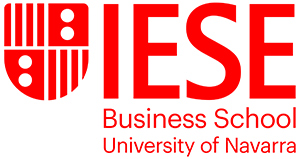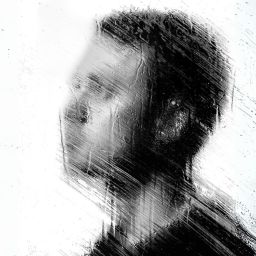When managers learn to take decisions, they are taught that there are two elements to take into account: the analytic and the intuitive. However, we tend to pay more attention to the rational process: how to gather the correct information, when to know if we have sufficient data, whether we should reconsider our sources, what criteria to use to increase our chances for success, etc.
Rational analysis only goes so far, however, and, after that, it is intuition that guides the final moment of decision making. Intuition determines which option to choose when two alternatives are apparently equal, it speeds up the decision-making process and, when hard facts are insufficient, it allows the individual to decide on one path or another.
Trust your intuition in the decision-making
Intuition can be defined, then, as a process of real knowledge, common among all people, that is fed from the subconscious information that the brain is constantly absorbing, from impressions, images and sensations. This capacity, for example, allows an art dealer to immediately distinguish an authentic piece from a clumsy forgery.
Given this definition, it becomes clear that the keys to improving the intuitive process are practice and working on the subconscious information that feeds our intuition.
Exploit your intuitive capacity with the HAD Method
Isabel García-Méndez developed what she calls the HAD method (using the Spanish acronym for Mental hygiene, Expansion of information and Disconnection of consciousness) in order to develop intuition and to improve its effectiveness in decision making. As explained in a technical note written with IESE Prof. Roberto García-Castro, the HAD method is comprised of three steps:
1. Mental hygiene
This first step requires rigorous self-evaluation that allows us to identify and eliminate the biases and limits that hinder intuition during the decision-making process.
The biases and limits have three main consequences: they paralyze the entrance of information, given that we’re pushed to take premature decisions; they produce erroneous conclusions since information is gathered in a wrong-headed or malicious way; they prevent intuition from being taken into account, because certain areas of the brain are activated in emergency situations.
Most experts recognize the weight of these biases, and propose different techniques to correct for them. While these techniques are crucial, they are not enough to guarantee effectiveness in taking intuitive decisions. In most cases, it will be necessary to dig deeper into the second component of the HAD method: expansion.
2. Expansion of information
This second phase allows us to increase the amount of subconscious information on which intuition will work and to stimulate the brain to process it in better and different ways. This expansion phase is developed in four manners:
- Attitude. In general, our memory only registers the last sensation of all the experiences we live, which can involve certain risks. And given that it is not possible to control which part of the experience the brain will store, the HAD method recommends trying to live all experiences in the most positive way possible.
- Perception. Information is absorbed through the five senses, and for that reason the best way to increase its capacity is stimulating sensorial channels: sight, smell, hearing, taste and touch. Grosso modo, the senses are to intuition what reason is to analysis.
- Ambicerebrality. Subsequently, it is important for the brain to grow accustomed to processing information and working on it better, strengthening the two forms of knowledge: the logical and analytical, and the abstract and associative. Recurring to the well-known image of the two brains, this process requires relying on both the right and left hemispheres (ambicerebrality).
- Analysis. Intuition must be placed on the same level as reason, neither above nor below. A strong intuitive process requires rational analysis, both before and after: before as a solid foundation for researching and information gathering, and after in order to understand and argue for intuitive responses.
3. Disconnection
The third step, disconnection, is necessary to obtain access to subconscious information at the moment of decision making. Neurons are in continuous conversation, which makes it essential to disconnect the conscious and silence them. That allows us to hear the interior voice that has incorporated all of the accumulated subconscious data and experience that “Eureka!” moment.
To be able to disconnect, all the preparatory work must be done correctly. Afterward, it is necessary to tell the brain to look for the answer and to disconnect by doing a completely different activity. After this process, the intuitive part will give us the solution.
Intuitive decision making is, thus, a sequential task that, like nearly everything, requires practice to be able to reach the most satisfactory result. IESE executive education programs and the case method can help you with this practice. After debating dozens of cases, participants emerge from the classroom able to take decisions not only more intuitively, but also more effectively.
Download the ebook: 8 decision-making pitfalls for executives.


















